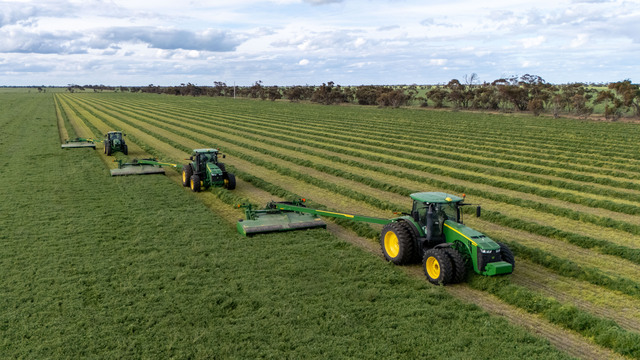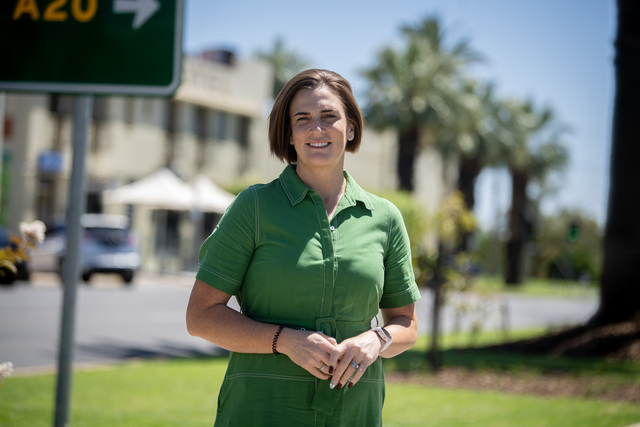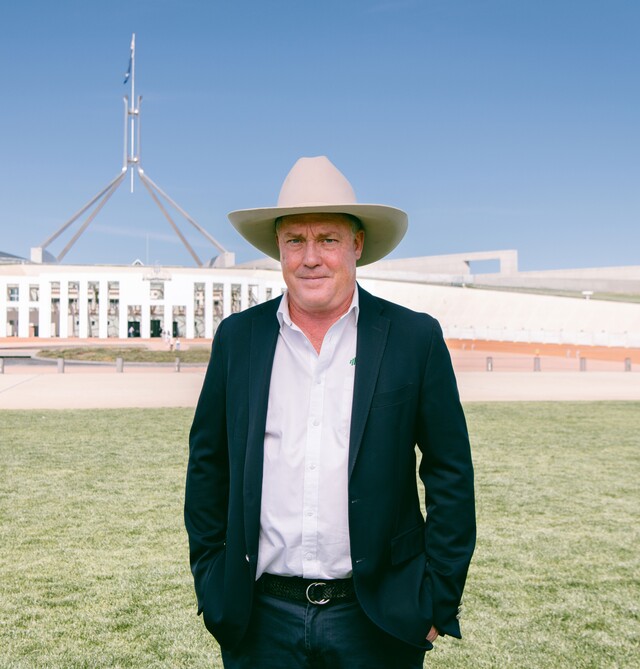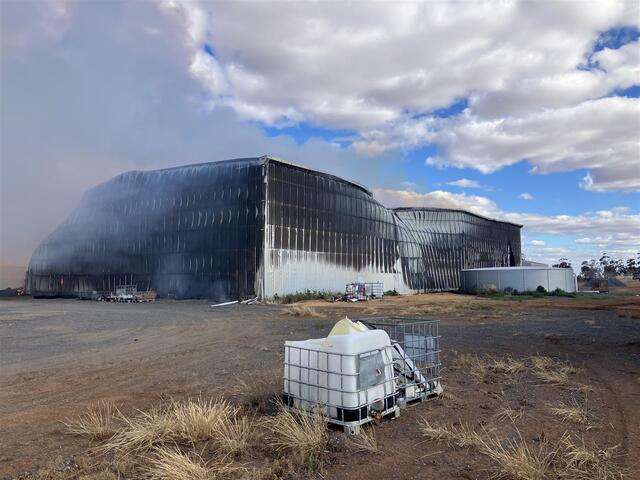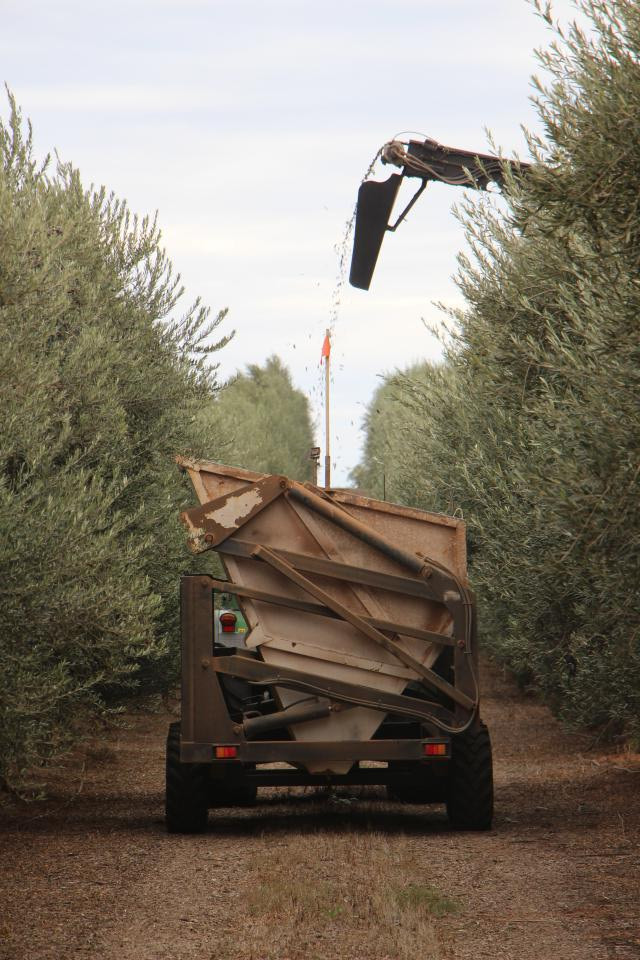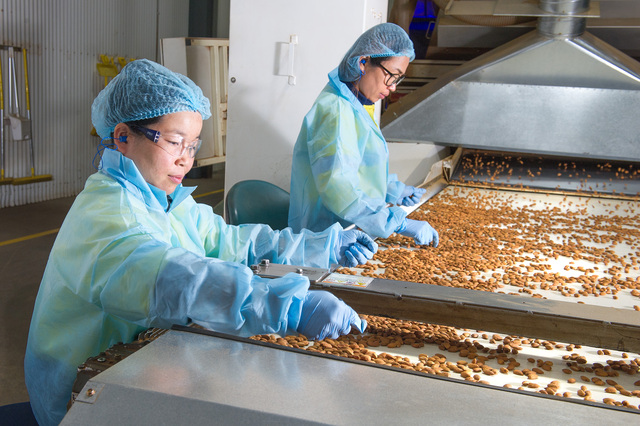MALLEE hay growers are gearing up for a promising season, with cutting already underway and baling expected to start within days.
Local grower Kerry McFarlane said this year’s conditions have been generally favourable, with steady rainfall earlier in the season setting crops up well.
“We started cutting in mid-September, and we’ll start baling next week once things dry down a bit more,” Ms McFarlane said.
“Yields are looking about the same as last year, maybe a little better, and the quality’s improved thanks to the rain we had earlier on.”
While some growers further west have already begun baling, Ms McFarlane said patience was key to maintaining quality.
“We’re just waiting for the crop to dry down properly — there’s no point rushing it,” she said.
“Timing the cut makes all the difference.”
This season, Ms McFarlane and her partner have sown the vetch variety of hay, and like many in the region, they’ll be producing large square bales for easier transport and storage.
Input costs remain a challenge, with fuel, fertiliser and chemicals continuing to bite into margins.
“Input costs are still high — fuel in particular is a big expense,” Ms McFarlane said.
Despite the rising costs, optimism remains about the market outlook.
“It’s a bit early yet — everyone’s sitting on the fence at the moment — but we think prices will be above last year,” Ms McFarlane said.
“There should be reasonable demand, especially down south, and even locally there may not be as much hay around this time.”
Ms McFarlane expected some early interest from regular local buyers, including dairy farmers, before looking to wider markets such as feedlots if supply allows.
Although hay isn’t a major part of their overall cropping program, it still plays a valuable role.
“It’s more of a management tool for us — something we use in frost-prone areas where other crops might struggle,” Ms McFarlane said.
And while the long hours and unpredictable weather can test even seasoned farmers, there’s one part of the process that Ms McFarlane still enjoys.
“Probably the best part is when it’s all done and dusted — when the hay’s in the shed and you’ve been paid,” she said with a laugh.
The pair have been growing hay for more than 30 years across 270 hectares of paddocks in Lalbert and Tittybong.

